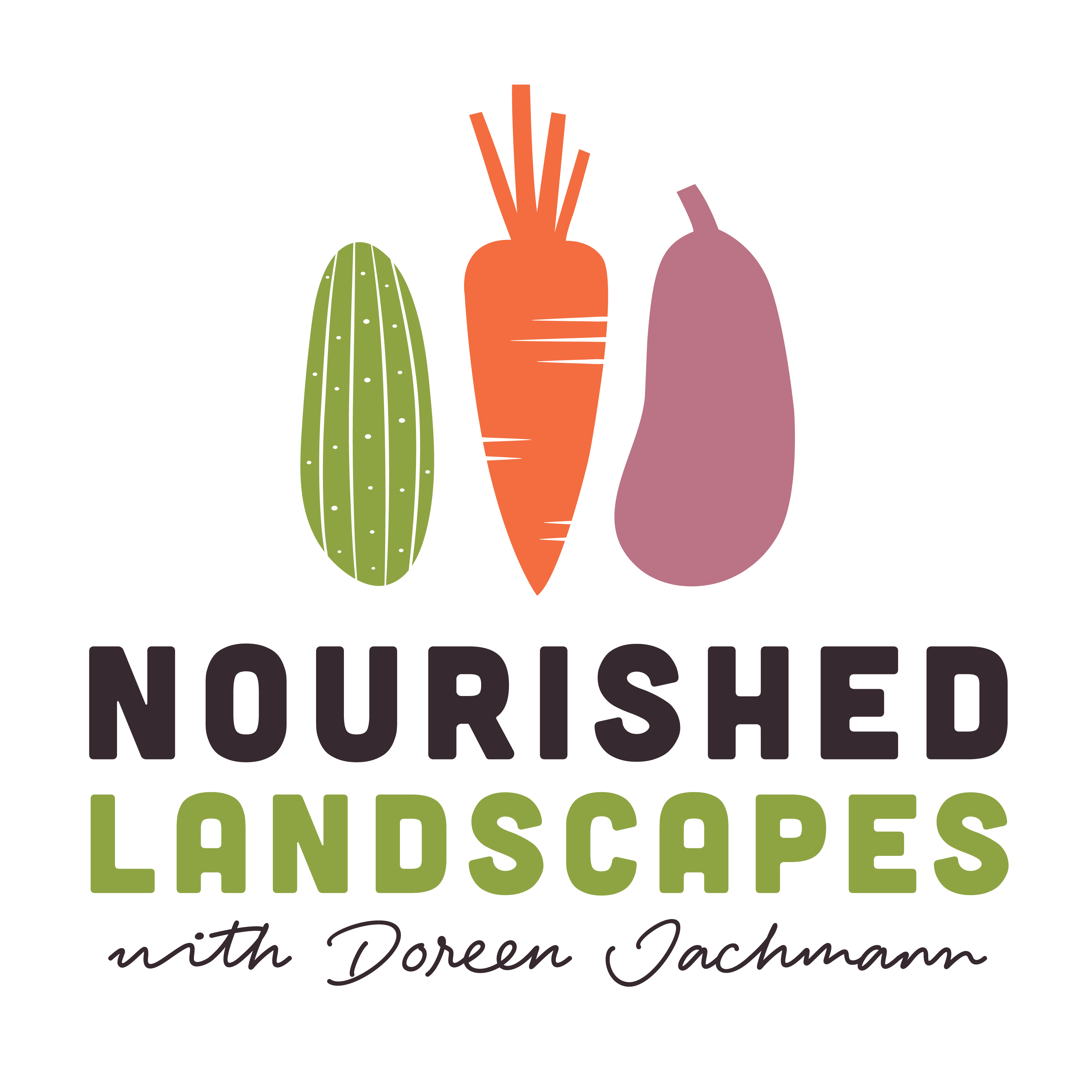Making Salves

Making Salves
Creating a base salve is a versatile way to craft your own topical products, whether for skincare, healing, or aromatherapy.
Understanding Wax-to-Oil Ratios for Salves and Balms
Crafting a salve or balm involves combining beeswax and natural oils in specific ratios to achieve your desired consistency. Begin by heating 1 part beeswax with 3 to 5 parts of your chosen natural oil using a double boiler until fully blended.
For example, use ¼ cup of beeswax pastilles or shavings with approximately 1 cup of oil, or 1 cup of beeswax per 3 to 5 cups of oil. The ratio determines the final product's texture:
- 1:3 ratio: Produces a firm balm.
- 1:4 ratio: Ideal for a standard salve.
- 1:5 ratio: Yields a soft, spreadable salve.
- 1:6 ratio: Results in an extra-soft, gooey salve.
Exceeding these ratios may prevent the salve from setting properly. For precise weight-based measurements, consider a 1:8 ratio (e.g., ¼ cup of beeswax, to 8 fluid ¼ cup of oil). This is particularly useful when working with beeswax blocks or chunks.
Adjust the recipe as needed while maintaining the specified ratios. Adding ingredients like shea butter can alter the texture, making it softer. Lip balm recipes often include butters such as cocoa butter for added richness.
Different natural waxes may require adjustments to these ratios, so be sure to experiment as needed.
How to Make a Comfrey/Herbal Oil Infusion
Infused oils work best when using dried herbs, as fresh herbs can cause the oil to go rancid during the process.
Cold Infusion Method:
- Fill a jar about two-thirds full with dried comfrey leaves or root.
- Cover the herbs with a neutral oil, such as olive oil.
- Allow the infusion to steep for 4–6 weeks in a cool, dark place before straining.
Heat Infusion Method:
For a faster process, you can use fresh or dried herbs:
- Finely chop the herbs to maximise surface area.
- Place the herbs in a jar and cover them with oil.
- Heat gently in a double boiler, keeping the oil temperature below 60°C to preserve its properties.
- Allow the infusion to warm for approximately 24 hours, ensuring no condensation enters the mixture.
Alternatively, place the jar with fresh herbs and warm oil on a car dashboard during a hot day for at least 5 hours. Leave it overnight and use the next day.
Basic Homemade Salve Recipe

Ingredients:
- Carrier Oil: 1 cup of oil, such as olive, coconut, sweet almond, or jojoba. During workshops, coconut oil infused with comfrey is often used.
- Beeswax: ¼ cup of beeswax to thicken the salve. Adjust for firmer or softer consistency.
- Essential Oils (optional): Add 10–20 drops per cup of carrier oil for fragrance or therapeutic benefits.
Equipment:
- Double Boiler or Heatproof Bowl and Pot: For melting and blending.
- Stirring Utensil: Wooden stick or spatula.
- Containers: Small jars or tins for storing the salve.
Instructions:
- Prepare Your Work Area: Clean equipment and containers to ensure hygiene.
- Melt Ingredients: Heat the carrier oil and beeswax gently in a double boiler, stirring until fully combined. Alternatively, use a pot over low heat.
- Add Essential Oils: Stir in essential oils if desired.
- Pour and Cool: Pour the mixture into clean containers. Allow to cool and solidify at room temperature.
- Label and Store: Label containers with the salve name and date, and store in a cool, dark place.
This basic recipe can be customised with different oils, herbs, and essential oils to suit your preferences. Always perform a patch test before using any new skincare product.
----------------------------------------------
About the Author
Doreen Jachmann from Nourished Landscapes has been providing permaculture services for over 10 years.
Doreen is passionate about helping people create sustainable and resilient landscapes.
Nourished Landscapes offer a variety of services, including:
* Permaculture design and installation
* Permaculture education, presentations and workshops
* Permaculture consulting
If you are interested in learning more about permaculture, please contact us today!


0 comments
Leave a comment
Please log in or register to post a comment